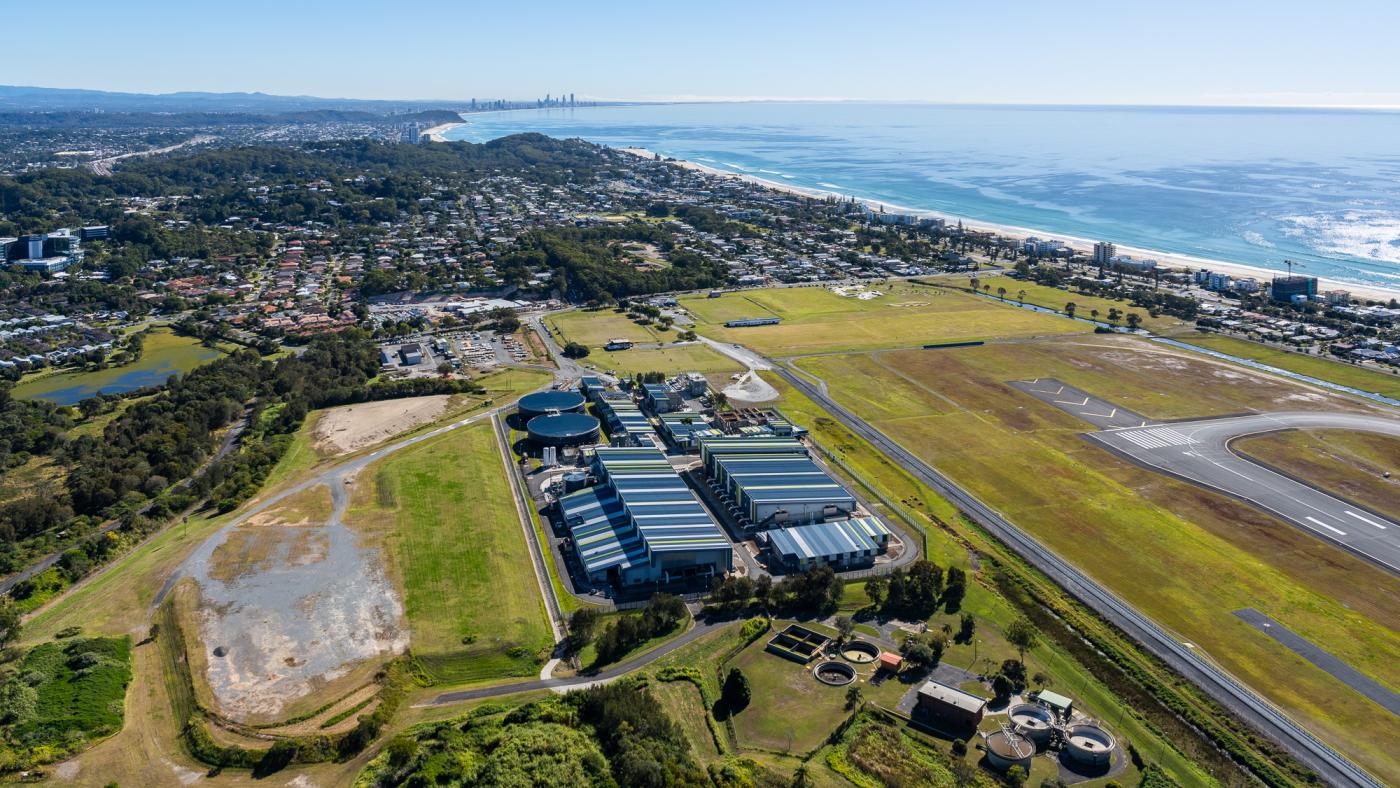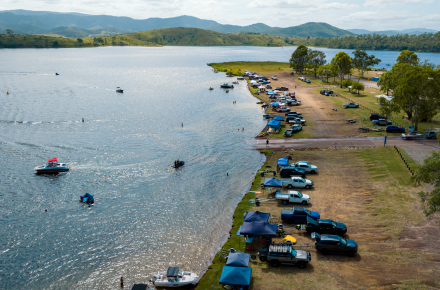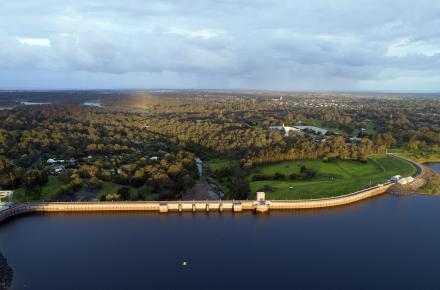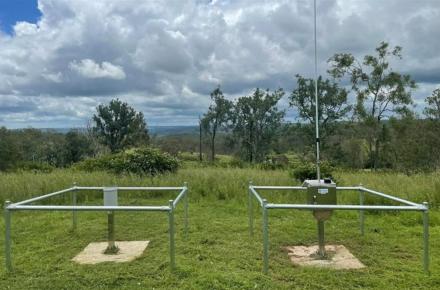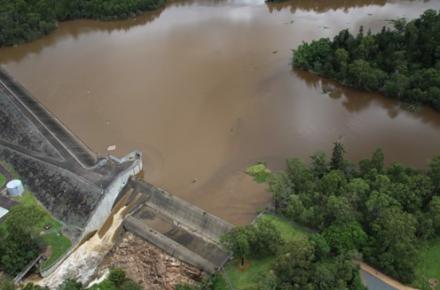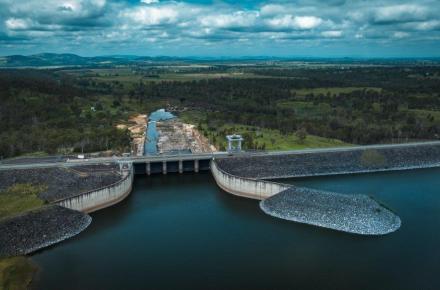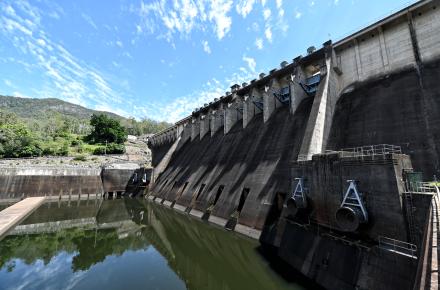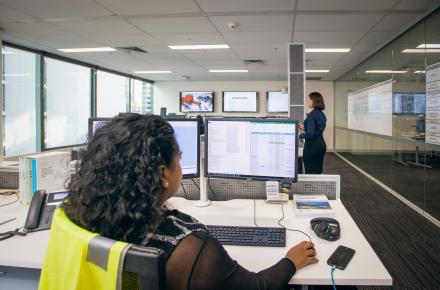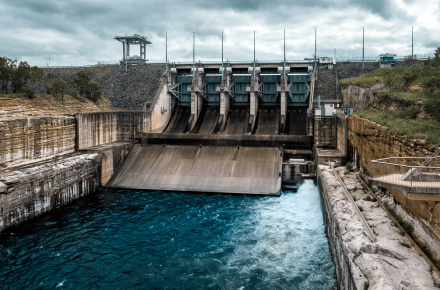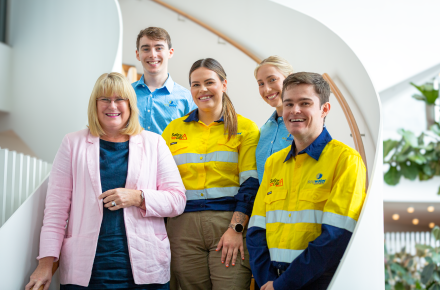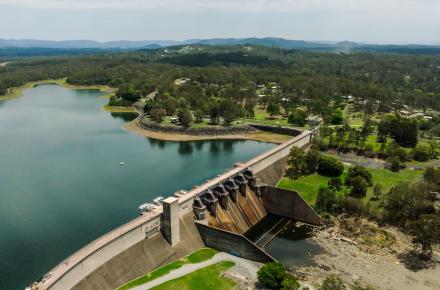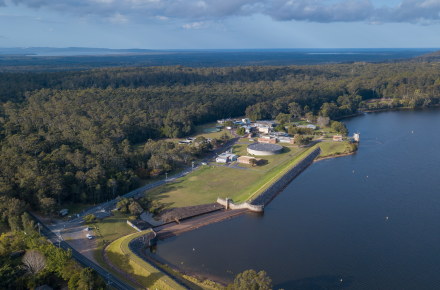Production from the Gold Coast Desalination Plant, which can supply drinking water directly into the SEQ Water Grid, ramped up this week.
Although less desalinated water production is required when dam storages are full, the Gold Coast Desalination Plant has been in operation since it was first brought online during the Millennium Drought and is an important climate-resilient asset.
Water production at the plant can ramp up within just 72 hours and be pumped directly into the grid. The plant provides resilience and operational flexibility to supplement supply during times of peak demand, drought preparedness, flooding when debris and turbidity affects water quality, as well as during system maintenance.
At full capacity, the Gold Coast Desalination Plant can supply more than 10 per cent of South East Queensland’s daily water demand.
The Tugun plant has been ramped up to maximum capacity under the Drought Response Plan.
It can produce up to 133 million litres of drinking water each day, with the additional water produced to be added to the Gold Coast’s drinking water supplies as well as supporting Logan and Brisbane when needed.
The region’s combined dam levels are sitting just below 70 per cent. While there is still plenty of water in the SEQ Water Grid, Seqwater is always planning ahead and this percentage marks the early ‘pre-drought’ phase in South East Queensland’s multi-staged Drought Response Plan, released this month as part of the Water Security Program 2023.
As part of long-term water security planning, Seqwater is investigating an expansion of the Gold Coast Desalination Plant, as well as a second desalination plant for the region, due to the climate resilient benefits desalination provides. Business cases are in development for the proposals and expected to be completed in 2024.
Through the known impacts of climate change, SEQ may experience less reliable supply from dams, due to impacts to inflows and increased evaporation. The region also loses hundreds of thousands of megalitres of water off its dams each year through evaporation.
Quotes attributable to Water Minister Glenn Butcher:
“South East Queensland has a safe, reliable and resilient water supply network, stemming from careful and ongoing planning and a diverse network of assets.
“This month marks 15 years since ‘first water’ was produced from the Gold Coast Desalination Plant and since this time it has continued to provide vital climate resilience, bolstering the stability and reliability of the region’s drinking water supply network, including during drought.
“Ramping up operations highlights the strengths and flexibility of the SEQ Water Grid and how desalination plays a key role in the ongoing water security for South East Queensland.
“Long-term, as we prepare for future growth in a changing climate, the Gold Coast Desalination Plant will remain an essential climate-resilient water source within the SEQ Water Grid, with Seqwater investigating expanding the site to increase future capacity.”
Quotes attributable to Seqwater General Manager Customer, Strategy and Planning Ross Muir:
“Increasing operation of the Gold Coast Desalination Plant is one of several early preparedness measures we undertake. Seqwater is always preparing for whatever the weather provides us here in South East Queensland, including in the event that severe dry conditions eventuate.
“At this pre-drought level, there is plenty of water supply within the SEQ Water Grid. Our teams are closely monitoring dam levels, and we will continue managing the operation of the SEQ Water Grid to meet demand and conditions.
“There are no actions for the community at this stage, however we always encourage South East Queenslanders to be water wise.”
Additional Facts
- The SEQ Water Grid is a connected network of bulk water assets including 12 dams, water treatment plants and climate-resilient assets including the Gold Coast Desalination Plant.
- Through the SEQ Water Grid, treated drinking water can be moved around the region as required via 600 kilometres of interconnected pipelines.
- The SEQ Water Grid also includes the climate-resilient water sources of the Gold Coast Desalination Plant, which can supplement supply as required by turning seawater into drinking water without reliance on rain, and the Western Corridor Recycled Water Scheme which remains an important drought response measure that can be considered if combined dam levels drop below 40 per cent.
- Following wet weather in February and March 2022, when conventional treatment plants went offline due to water quality, the Gold Coast Desalination Plant ramped up production, ensuring continued water supply for the community.
- In 2022-23 financial year, the GCDP produced 7310ML – almost half of which was in continued response to the 2022 flood events.
- In the preceding two financial years, the GCDP was also used extensively in drought response.
- For more on the proposed Gold Coast Desalination Plant expansion, visit: www.seqwater.com.au/project/proposed-gold-coast-desalination-plant-expansion
- Daily updates on dam and water grid storage levels are available at: www.seqwater.com.au/dam-levels.
- The Water Security Program 2023, inclusive of the Drought Response Plan, is available at: www.seqwater.com.au/water-security.
